Y 1 2x 3 Table Y 1 2x 2 Table Y X 2 2x 1 Table Y 1 2x 4 Table For This Equation Y 1 2x 6 Table Y 1 2x Complete The Table Simply input your values for x into the equation to obtain the values of y (Since f(x)= is the same as y=) For example, say you have have x values of 1, 0, and 1 in your table;An example of how to graph a linear equation in slope intercept form by interpreting its slope and yinterceptIf y = mx bm = slope, b = yintercept
Solution Graph The Given Function By Making A Table Of Coordinates F X 2 X
Y=x^2-2x-1 table
Y=x^2-2x-1 table-Y = 5x yes;The joint PMF contains all the information regarding the distributions of X and Y This means that, for example, we can obtain PMF of X from its joint PMF with Y Indeed, we can write P X ( x) = P ( X = x) = ∑ y j ∈ R Y P ( X = x, Y = y j) law of total probablity = ∑ y j ∈ R Y P X Y ( x, y j) Here, we call P X ( x) the marginal PMF of X




Pin By Esther Molina Sierra On Funny Multiplication Chart Multiplication Table Math Charts
X y3 0 2 Complete the table for and graph the resulting line x y4 0 3 Complete the table for and graph the resulting line x y3 0 4 For the equation, complete the table for the given values of x Using the information from the table, graph the line of the equations on the coordinate plane below Be sure to plot allIf it does, write an equation for the direct variation x y 8 13 16 26 24 39 (1 point) yes; 'X' in the above truth table denotes a don't care condition So, ignoring the don't care conditions, we can derive the Boolean Expression of a typical 2 to 1 Multiplexer as follows Y = S D0 SD1 From the above output expression, the logic circuit of 2to1 multiplexer can be implemented using logic gates as shown in figure
Explanation So let plug in a few values, you should use 2, 1, 0, 1, 2 for your x values So let plug in a couple of values ( − 2)2 2 (2) 4 4 = 0 So just keep plugging in values of what you need then graph Answer linkYou just studied 10 terms!The line y = 2 x − 1 y = 2 x − 1 is the boundary line On one side of the line are the points with y > 2 x − 1 y > 2 x − 1 and on the other side of the line are the points with y < 2 x − 1 y < 2 x − 1 Let's test the point (0, 0) (0, 0) and see which inequality describes its
How To Given an exponential function of the form f (x) = bx f ( x) = b x, graph the function Create a table of points Plot at least 3 point from the table including the y intercept (0,1) ( 0, 1) Draw a smooth curve through the pointsUse a Table of Values to Graph the Equation y=x2 y = x − 2 y = x 2 Substitute −2 2 for x x and find the result for y y y = (−2)−2 y = ( 2) 2 Solve the equation for y y Tap for more steps Remove parentheses y = ( − 2) − 2 y = ( 2) 2 Subtract 2 2 from − 2 2A Few Notes about Example 2 This equation, y = 1/2 x 1 has a fraction as the coefficient of x This becomes a little trickier in choosing x coordinates because we could end up with a fraction for the y coordinate This then becomes a little more difficult to graph So, the trick is to look at the denominator of the coefficient



Help Me With This Construct A Table Of Values For The Function F X X 1 Is The Restricted Domain 0 0 5 1 1 5 2 2 5 3 Is This A One To One Function If It Is A One
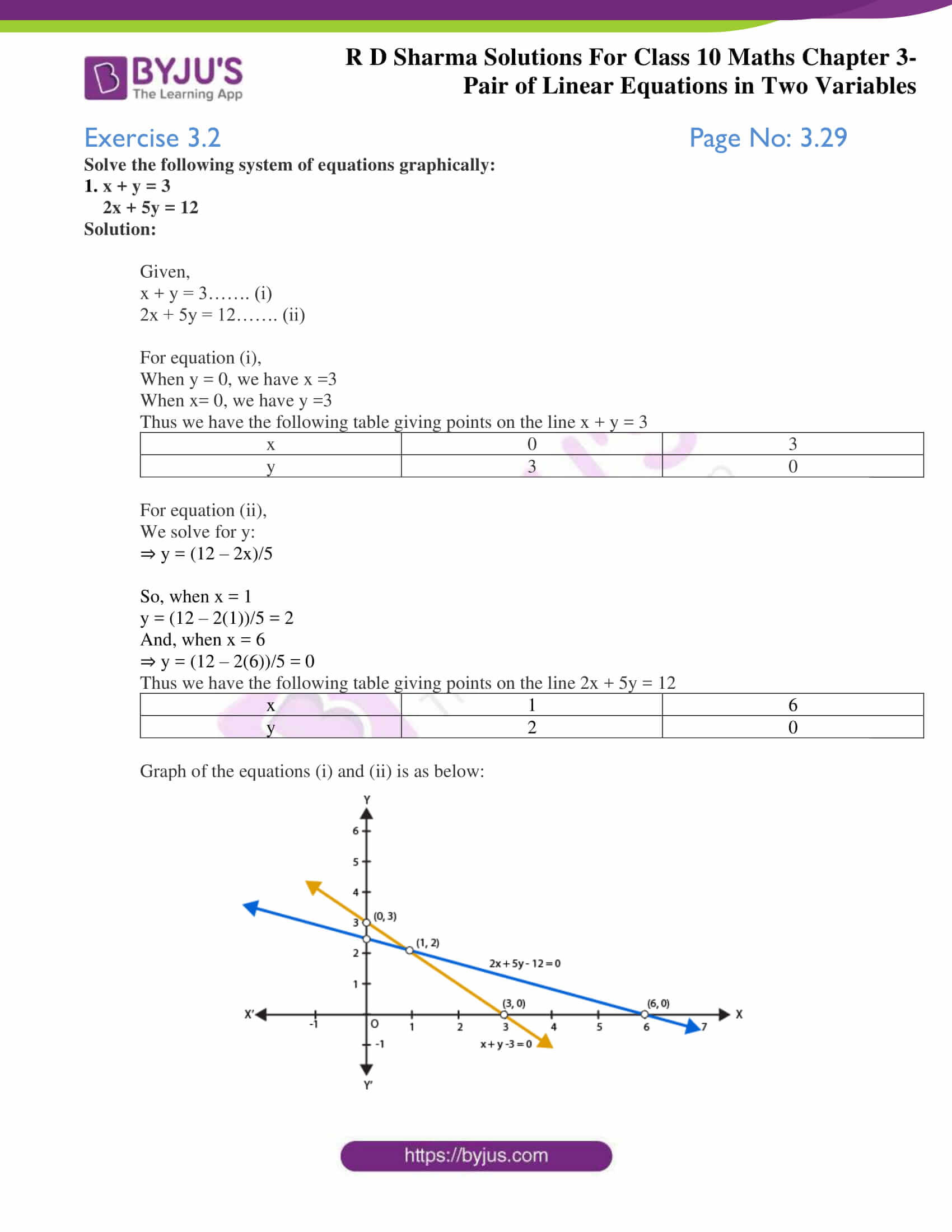



Rd Sharma Class 10 Solutions Maths Chapter 3 Pair Of Linear Equations In Two Variables Exercise 3 2
26 Algebra Connections Parent Guide 2 4 5 10 15 x y Answers 1 fig 0 fig 4 fig 5 The rule is y=2x5Figure 100 will have 5 tiles It will have a base of three tiles, with 102 tiles extending up from the right tile in the base and 100 tiles extending to the right of the top tileThe tables also incorporate a large base for additional stability, two adapter plates to connect the X and Y axis slides, and an extra large work surface The lower profile and manual only AXY25 series is designed utilizing four linear 5 UniSlide Assemblies, two working in tandem to provide smooth movement in each directionTo do this I am going to use a table of values I am going to choose some values for the variable x, calculate the corresponding value of y and then record my results in a table So, for example when x = 1 then y = 2 1 1 = 3 and when x = 2 then y = y = 2 2 1 = 5 Here is my table including these two values of x and a few more
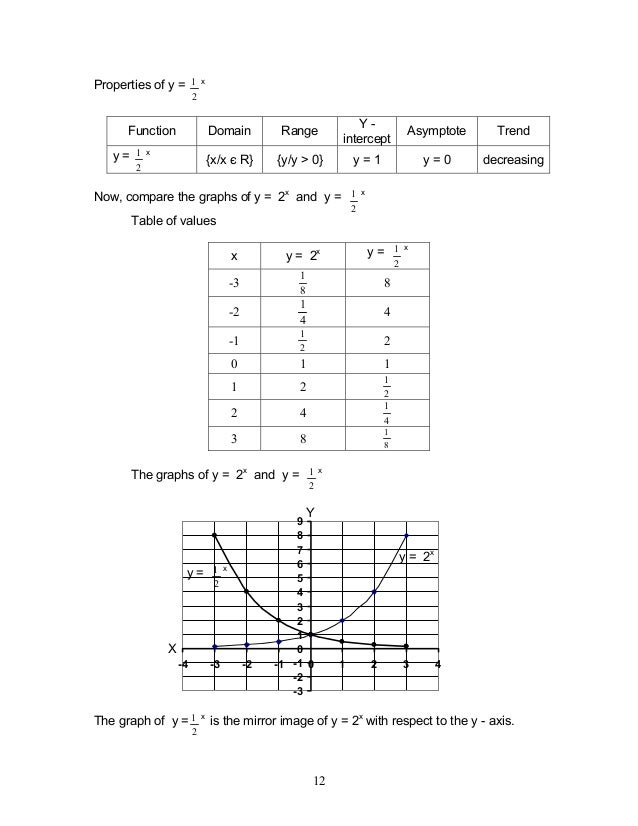



Module1 Exponential Functions




Coordination Number In Copper Ii Complexes With Bipyridine Dicarboxylate Anion And Diamine Derivatives Semantic Scholar
1 For the data in the table, does y vary directly with x? How can I calculate an equation that represents the relationship between x and y? The #x^2# is positive so the general graph shape is #uu# Consider the generalised form of #y=ax^2bxc# The #bx# part of the equation shifts the graph left or right You do not have any #bx# type of value in your equation So the graph is central about the yaxis The #c# part of the equation is of value 1 so it lifts the vertex up from y=0 to y=1




How To Graph A Linear Equation Front Porch Math
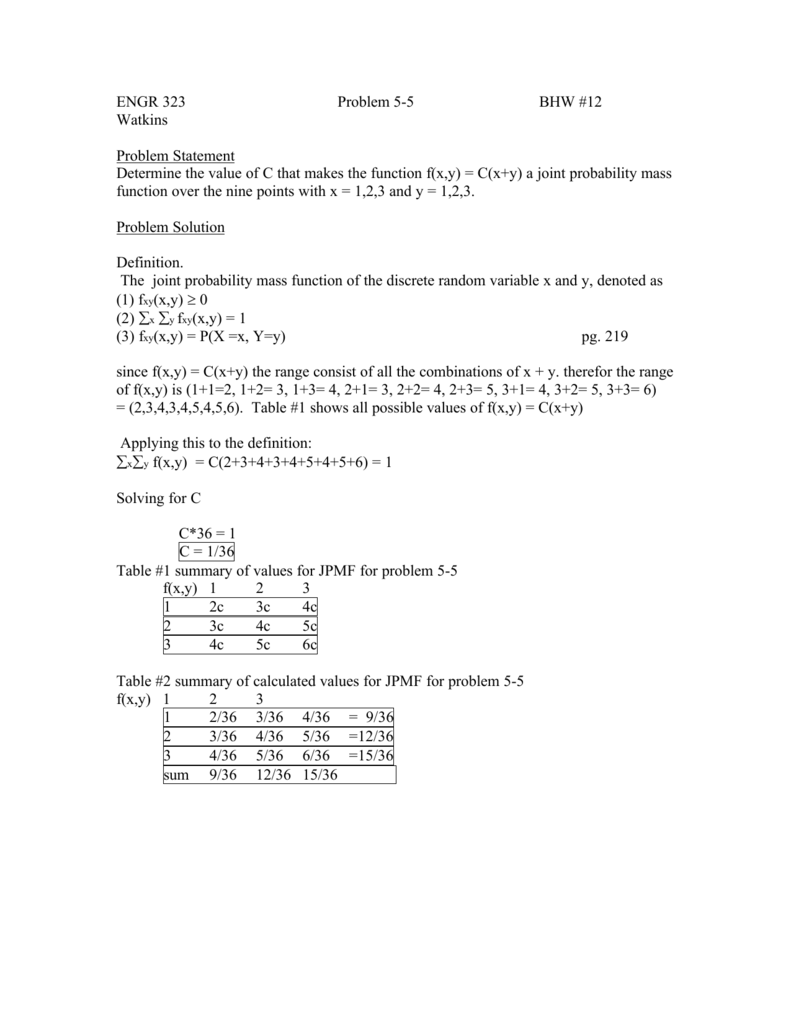



Engr 323 Problem 5 5 Bhw 12 Watkins Problem Statement
1 2 secxtanx 1 2 lnsecxtanx (76)!secxtanxdx=secx (77)!sec2xtanxdx= 1 2 sec2x (78)!secnxtanxdx= 1 n secnx, n!0 2 (79)!cscxdx=lncscx"cotx (80)!csc2xdx="cotx (81)!csc3xdx=" 1 2 cotxcscx 1 2 lncscx"cotx ()!cscnxcotxdx=" 1 n cscnx, n!0 ()!secxcscxdx=lntanx TRIGONOMETRIC FUNCTIONS WITH xn (84)!xcosxdx=cosxxsinx (85)!xcos(ax)dx= 1 a2This item 21/2" YConnector Dust Fitting $599 In stock Usually ships within 4 to 5 days Ships from and sold by Rockler Woodworking and Hardware $599 shipping POWERTEC 21/2 Inch Key Hose Clamp Stainless Steel 25" Thumb Screw Dust Collector Hose Clamps – 5 Pack, 21/2Inch $812 ($162/Count) In StockFor joint random variables X and Y, the expected values are and 1/30 2/30 4/30 4/30 2/30 5/30 3/30 9/30 Example Use the contingency table from the last example to calculate EX,EY, andEXY 13/304 a 3D — 30 3D 3 30 21 — 22 S 3D 30 30



Table Of Values




Power Model
2 Let y(0) = 1, y(1) = 0, y(2) = 1 and y(3) = 10 Find y(4) using newtons's forward difference formula 3 In the table below the values of y are consecutive terms of a series of which the number 216 is the 6th term Find the 1st and 10th terms of the seriesNow up your study game with Learn modeThe Greek letter latex\Delta /latex (delta) signifies the change in a quantity;



2
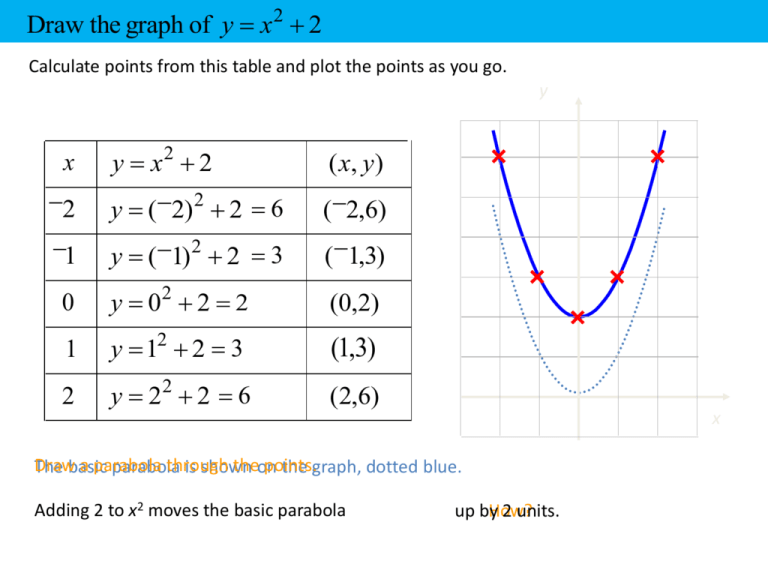



File
It says fill in the table of values for the equation y=2x So I have to find the coordinates but don't know how to report flag outlined profile y = 2 x is a line that runs from ∞ to ∞, so infinitely pretty much, so the number of values are pretty much infinite, unless you narrow them down report flag outlinedAlgebra Use a Table of Values to Graph the Equation y=1/2x y = 1 2 x y = 1 2 x Substitute −2 2 for x x and find the result for y y y = 1 2 ⋅(−2) y = 1 2 ⋅ ( 2) Cancel the common factor of 2 2 Tap for more steps Factor 2 2 out of − 2 2Each and every x, y pair from the table should work with your answer Problem 6 Original problem;




Graph Of A Function



Solution Graph The Given Function By Making A Table Of Coordinates F X 2 X
Does anyone know what kind of table you use for this and how I'd y = 2x 1 Since this is the slope intercept equation for a straight line, the table only needs two points However, I'm going to determine 4 points (ordered pairs) Determine values of x, then calculate y Ordered PairsY=1/x with table more values Loading y=1/x with table more values y=1/x with table more values Log InorSign Up x 1 x − 5 − 4 − 3 − Log InorSign Up x 1 x




1 3 Coordinate Plane And Graphing Equations Hunter College Math101




Warm Up Graphing Using A Table X Y 3x 2 Y 2 Y 3 2 2 8 Y 3 1 Y 3 0 Y 3 1 Y 3 2 2 4 Graph Y 3x Ppt Download
Free math problem solver answers your algebra, geometry, trigonometry, calculus, and statistics homework questions with stepbystep explanations, just like a math tutorA) y=1/2x b) y=2x2 c) y=x1 d) y=3x3 5 Similar Questions Math Suppose the amount of bacteria growing in a perti dish is represented by the function b(t)=50t/t1 Evaluate the function at t=1,2,5,10,15, (a) constract a table of values (b) use the table to sketch a graph




Amazon Com Office Essentials Cuadro N Pestanas Separadores 8 1 2 X 11 1 12 Tab Color Blanco Y Negro Tab Laser Inyeccion De Tinta Pack De 6 248 Productos De Oficina




Xjm3azgli Vafm
There are 6 possible pairs (X;Y) We show the probability for each pair in the following table x=length 129 130 131 y=width 15 012 042 006 16 008 028 004 The sum of all the probabilities is 10 The combination with the highest probabil ity is (130;15) The combination with the lowest probability is (131;16)To create a table of the form (x,y), we perform the following steps Evaluate the function for values of x Perform the corresponding arithmetic operations, finding the value of yGraph the parametric equations x = t 1 x = t 1 and y = t, y = t, t ≥ 0, t ≥ 0, and the rectangular equivalent y = x − 1 y = x − 1 on the same coordinate system Solution Construct a table of values for the parametric equations, as we did in the previous example, and graph y = t , y = t , t ≥ 0 t ≥ 0 on the same grid, as in




How Do You Graph A Linear Equation By Making A Table Virtual Nerd Can Help




Graph The Linear Equation Yx 2 1 Draw
Algebra Calculator is a calculator that gives stepbystep help on algebra problems See More Examples » x3=5 1/3 1/4 y=x^21 Disclaimer This calculator is not perfect Please use at your own risk, and please alert us if something isn't working Thank youWrite the equation from the table of values provided below X Value Y value 3 2 6 0 92 Choose any two x, y pairs from X 2, 1, 0, 1, 2 yComplete the table for y=3x5 1 See answer Advertisement Advertisement meisnice is waiting for your help Add your answer and earn points Bubblegum3402 Bubblegum3402 Y 11, 8, 5, 2, 1 Just replace the x in the equation, with the numbers of
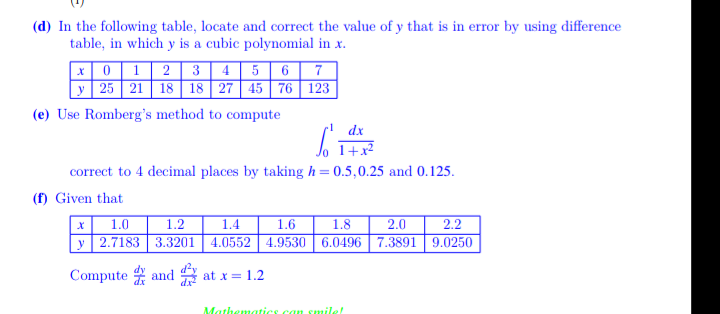



Answered D In The Following Table Locate And Bartleby



Tablas 2 5 Y 10 Recursos Didacticos
Note the two tables are the same except the columns are reversed—the point (1, 2) taken from the first table will be the point (2, 1) in the second table The graphs of these two relationships should have the same general shape As shown in the graph,To find their y values, input your x values in place of x in the equation, like so f(x)=−1/2x−3 f(x)=−1/2(1)−3 Then solve for y y=5/2 or y=25 Repeat this for x values 0 and 1 f(x)=−1/2(0)−3 SolveWe read the ratio as "deltay over deltax" or "the change in latexy/latex divided by the change in latexx/latex"Occasionally we write latex\Delta f/latex instead of latex\Delta y/latex, which still represents the change in the function's output value resulting from a change to its
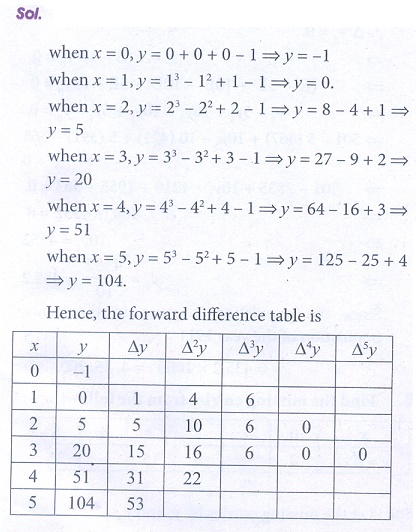



Exercise 5 1 Finite Differences Problem Questions With Answer Solution Numerical Methods




Educational Toys Times Table Poster Numeracy Educational Learning Teaching Resource Pink Toys Games
Graph y=1/2x y = 1 2 x y = 1 2 x Rewrite in slopeintercept form Tap for more steps The slopeintercept form is y = m x b y = m x b, where m m is the slope and b b is the yintercept y = m x b y = m x b Reorder terms y = 1 2 x y = 1 2 x y = 1 2x y = 1 2 xP x,y f X,Y (x,y) = 1 The distribution of an individual random variable is call the marginal distribution The marginal mass function for X is found by summing over the appropriate column and the marginal mass function Table x y 0 5 1 2 2 08 3 032 4 0128 Please help me with this I'm really bad at graphs and functionsI know its either Math What is an estimate of the solution of the equation 6n3=2?




Tabla Cultura El Frances Dimensiones 31 X 58 1 2 X 26 3 4 Pulg 80 X 147 3 X 67 9cm Fecha Finales Del Siglo Xvii Con Su Decoracion Y Calados En Forma De X



2
Y = 1625x no;I have a table as my source, but this is for interpolation vs extrapolation residuals and there is no y intercept to start my equation math 4 Which equation represents a proportional relationship?1 Solve the system by graphing or using a table Y=x2 y=2x7 2 Solve the system by graphing or using a table 2x4y=12 xy=2 Nice work!
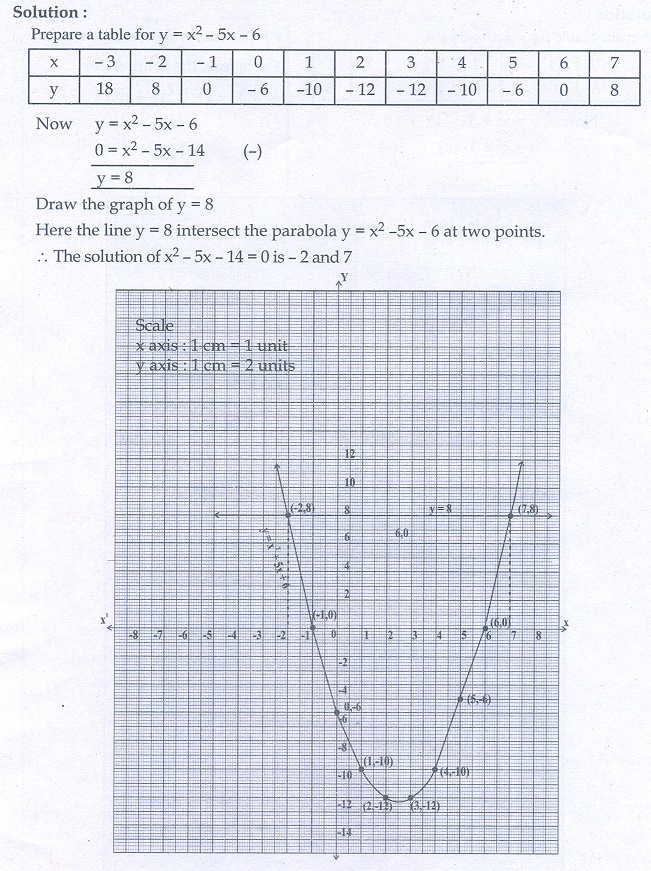



Exercise 3 15 Quadratic Graphs Problem Questions With Answer Solution Mathematics




Which Equation Is Represented By The Table Look At The Table Of
Suppose we have the following joint probability table n 1 0 1 p(y j) 0 0 1/2 0 1/2 1 1/4 0 1/4 1/2 p(x i) 1/4 1/2 1/4 1 At your table work out the covariance Cov(X , Y ) Because the covariance is 0 we know that X and Y are independent 1 True 2 False Key point covariance measures the linear relationship between X and YGraph the parabola, y =x^21 by finding the turning point and using a table to find values for x and yY = 10x yes;




Table Of Spherical Harmonics Wikipedia
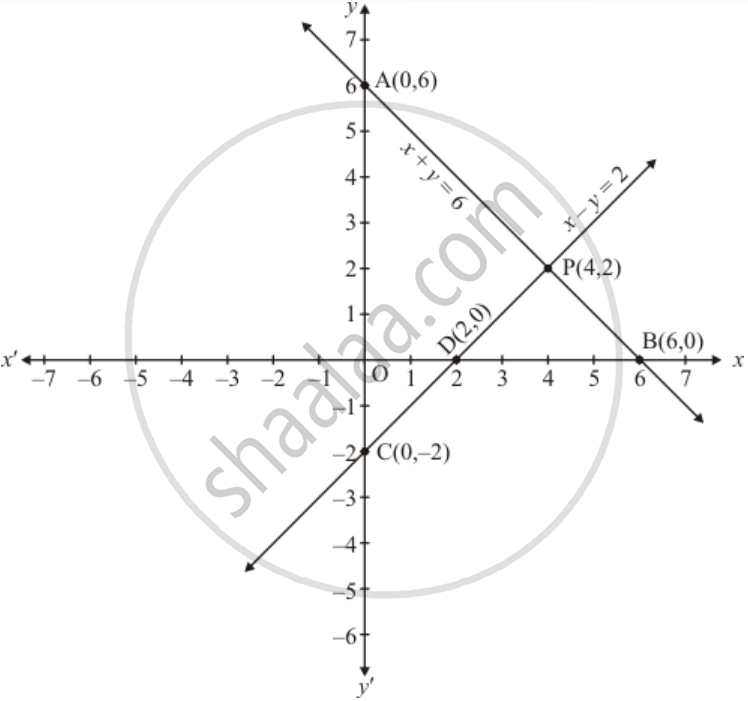



Solve The Following Systems Of Equations Graphically X Y 6 X Y 2 Mathematics Shaalaa Com
The x and y directions, the surface that represents a linear function in 3 dimensions will always be a plane TABLES Assume that the function f is represented by the following table y = 0 y = 1 y = 2 y = 3 x = 0 0 5 10 15 x = 1 10 15 25 x = 2 25 30 35 x = 3 30 35 40 451 The model The simple linear regression model for nobser vations can be written as yi= β 0 β 1xiei, i= 1,2,··,n (1) The designation simple indicates that there is only one predictor variable x, and linear means that the model is linear in β 0 and β 1The intercept β 0 and the slope β 1 are unknown constants, andGUIDED PRACTICE for Examples 1 and 2 2 Tell whether the table of values represents a linear function, an exponential function, or a quadratic function ANSWER exponential function 0 1 y 2 x – 2 – 1 008 04 10 Example 3 ProblemSolving Application Use the data in the table to describe how the number of people changes Then write




Parabolas And Cubics




Amazon Com Hhip 3900 0027 Mesa Deslizante Compuesta De 5 1 2 X 12 Pulgadas Industrial Y Cientifico
Two random variables X and Y have joint probability distribution given by the probability table below X 0 1 01 TOTAL a 0 1 2 2a 2 02 01 0 a 01 a a) Find the value of a and complete the table b) Find the marginal distribution of X c) Find E(X)and Var(X) d) Find the marginal distribution of Y e) Find E(Y)and Var(Y)Y does not vary directly with x 2 For the data in the table, does y vary directly with x?Use a table ok so I know the answer is 1/6 but its asking to use a table?
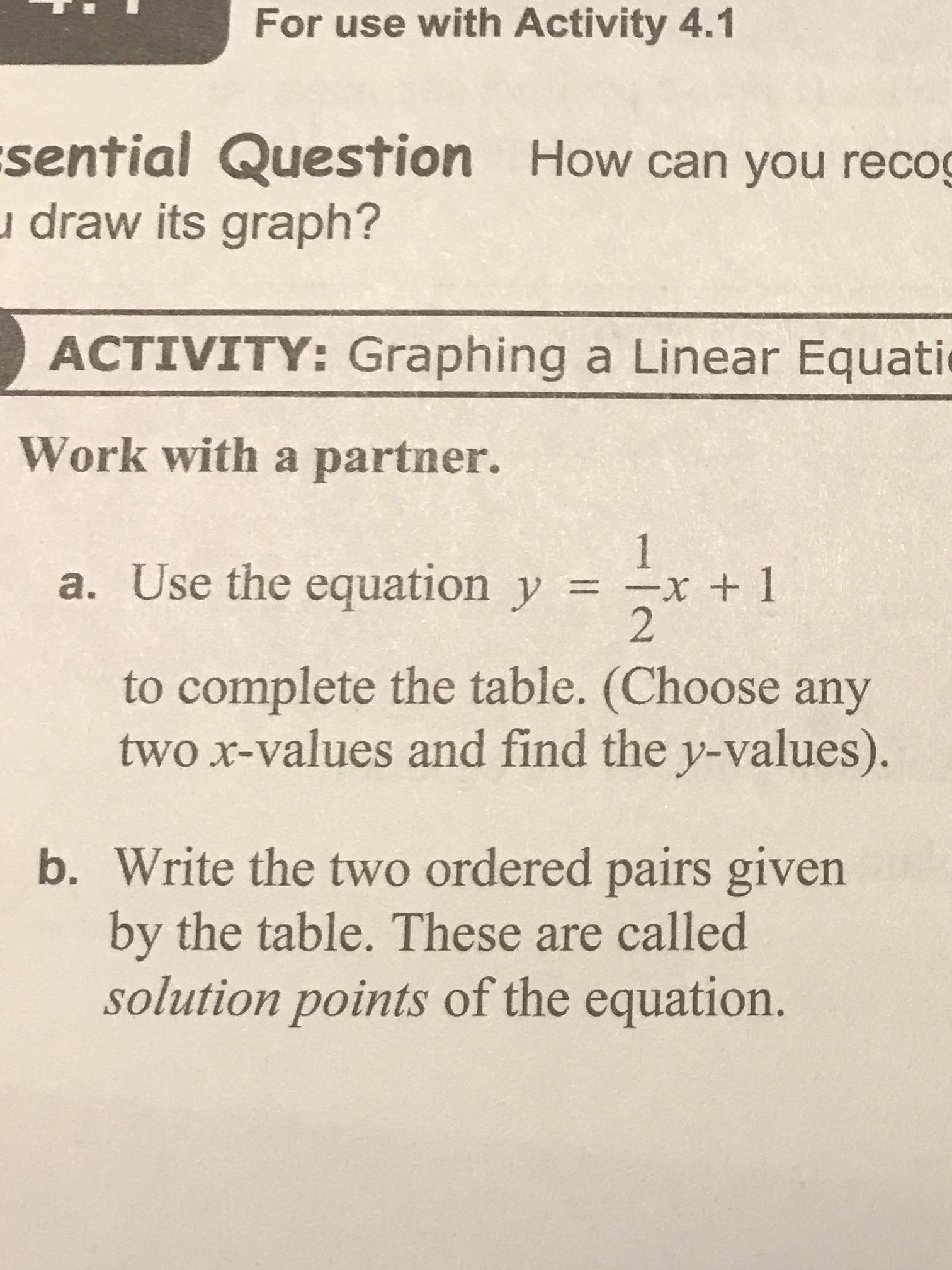



A Use The Equation Math Y Frac 1 2 X 1 Math To Complete The Table Choose Any Two X Values And Find The Y Values B Write The Two Ordered Pairs Given By The Table There Are Called Solution Points




Graphing Functions With Excel
Use a Table of Values to Graph the Equation y=2x1 y = 2x − 1 y = 2 x 1 Substitute −2 2 for x x and find the result for y y y = 2(−2)−1 y = 2 ( 2) 1 Simplify 2(−2)−1 2 ( 2) 1 Tap for more steps Multiply 2 2 by − 2 2 y = − 4 − 1 y = 4 1 Subtract 1 1 from − 4 4 This means the difference in the yvalue from the preceding yvalue must be same 1) x y Difference in yvalue 1 2 As the difference in yvalue is different hence, the table does not represent a linear function 2)Since Xand Y have to take on some values, all of the entries in the joint probability table have to sum to 1 X x X y p(x;y) = 1 (12) We can collect the values into a table Example problem 51 y p(x;y) 0 1 2 0 10 04 02 x 1 08 06 2 06 14 30 This means that for example there is a 2% chance that x= 1 and y= 3 Each combination




10 1 2 X 4 1 2 X 1 Pulgada Cvhomedeco Letrero De Madera Con Texto En Ingles Hello Desk Table Shelf Home Wall Office Decoration Art Costura Y Manualidades Artesania En Madera Spice Market De




Example 1 Graph A Square Root Function Graph Y And State The Domain And Range Compare The Graph With The Graph Of Y 1 2 X X Solution Make A Table Ppt Powerpoint




Pin By Esther Molina Sierra On Funny Multiplication Chart Multiplication Table Math Charts
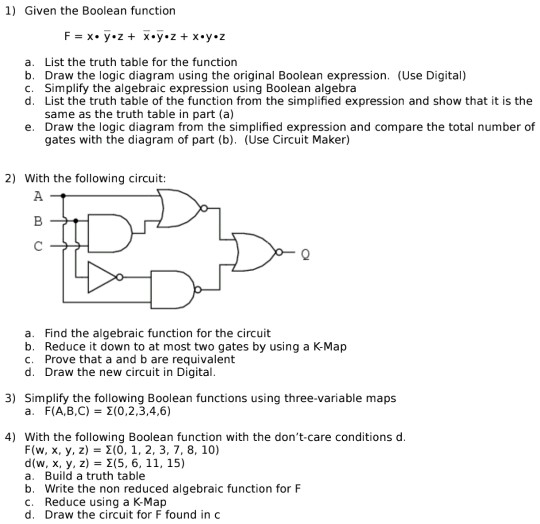



Solved Asked Us Circuit Diagrams Digital Githubcom




The Following Table Is Given X 0 1 2 5 Y 2 3 12 147 What Is The Form Of The Function Mathematics 3 Question Answer Collection




I Pathways Learning Pathways In Adult Education




Frozen Disney S Elsa Anna Times Tables Multiplication Etsy In 21 Multiplication Multiplication Posters Times Tables



Solution Graph Y 1 2 X 1



2



1



Make A Table Of Solutions And Graph The Equation X Y 6 Mathskey Com
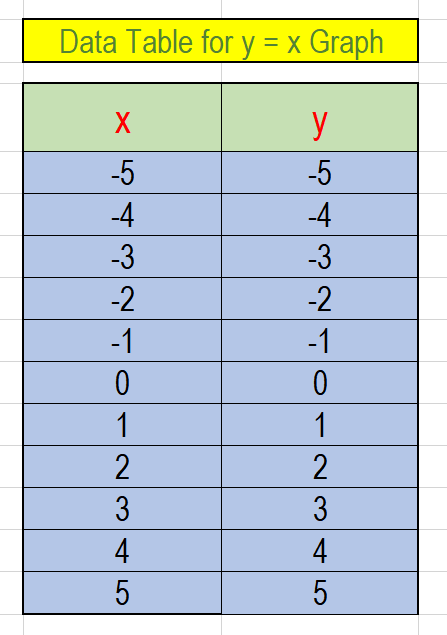



How Do You Complete A Table For The Rule Y 3x 2 Then Plot And Connect The Points On Graph Paper Socratic



Quadratics Graphing Parabolas Sparknotes




Here Is A Table Of Values For Y F X Mark The Statements That Are Truea The Domain For F X Is The Brainly Com




10 1 2 X 4 1 2 X 1 Pulgada Letrero De Madera Con Texto En Ingles Hello Desk Table Shelf Home Wall Office Decoration Art Cvhomedeco Letras Y Numeros Para Artesania Baetebangladesh Costura Y Manualidades
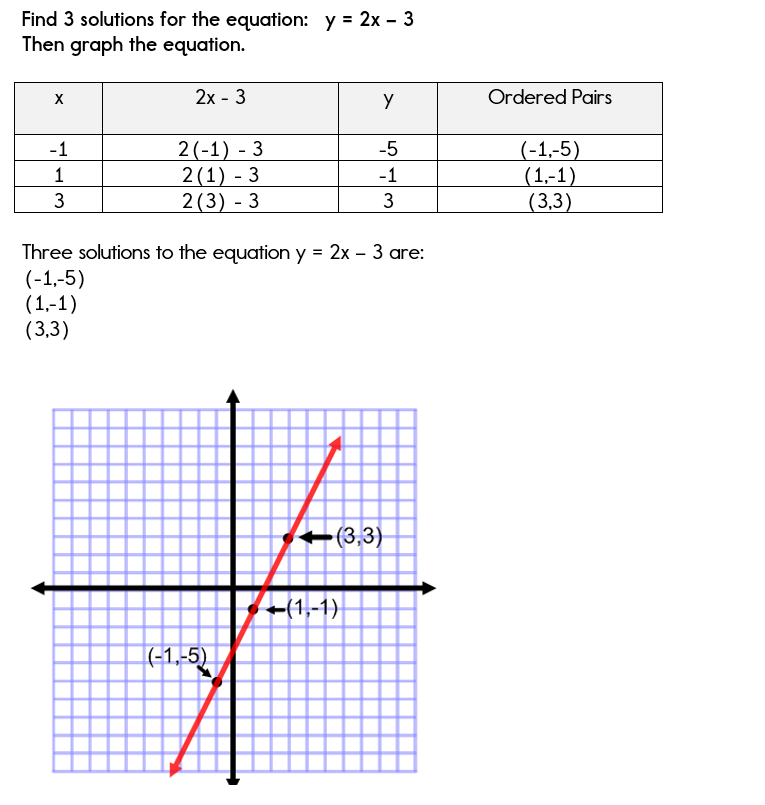



Using A Table Of Values To Graph Equations
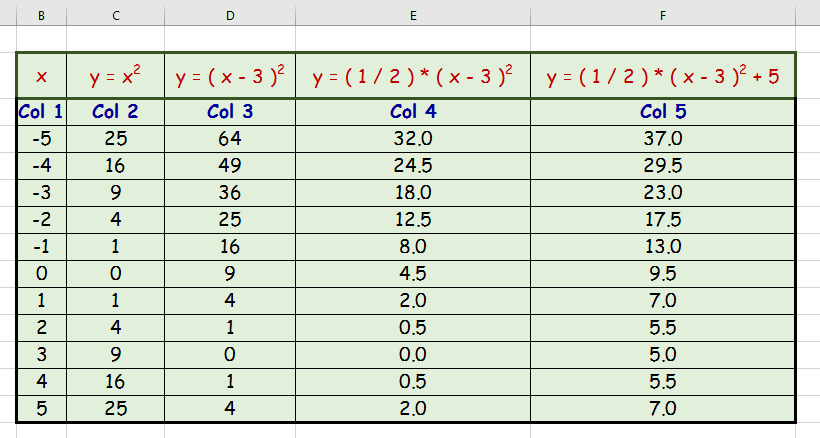



How To Graph A Parabola Y 1 2 X 3 2 5 Socratic
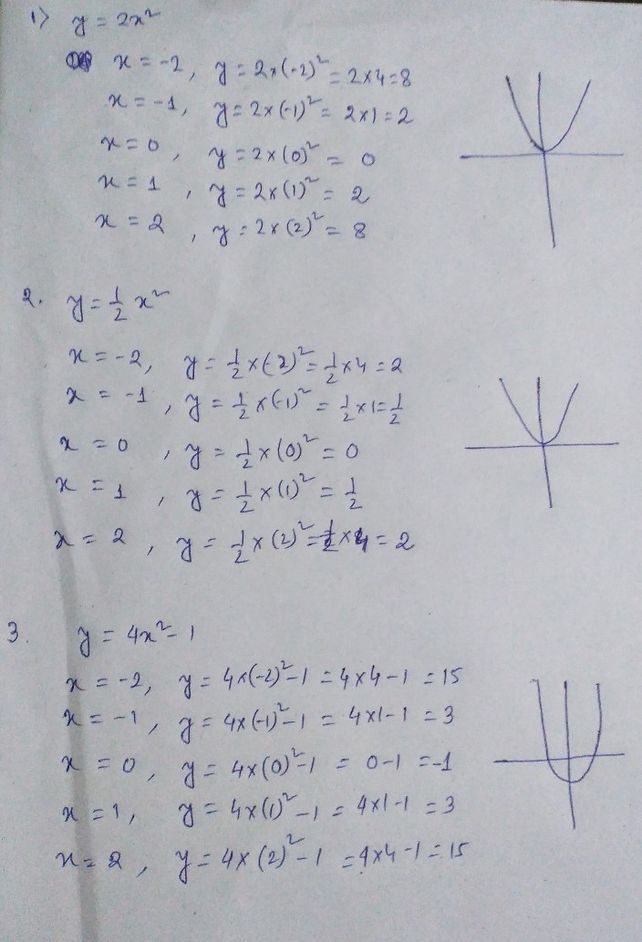



Complete The Table Of Values See How To Solve It At Qanda




Complete The Table Of Values Below X 3 2 1 0 1 2 3 How The Graph Relates To Y 2x Y 2x Answer Brainly Com




Power Model




Center Table Date 10 40 Medium Mahogany Dimensions 28 1 2 X 33 3 8 X 33 3 8 In Foto De Stock Imagen Derechos Protegidos Pic Mpn Agefotostock



Solved The Values Of X And Their Corresponding Values Of Y Are Shown In The Table Below X 0 1 2 3 4 Y 2 3 5 4 6 A Find The Least Square Regressi Course Hero




Aim What Is The Exponential Function Do Now Given Y 2 X Fill In The Table X 8 Y Hw Worksheet Ppt Download
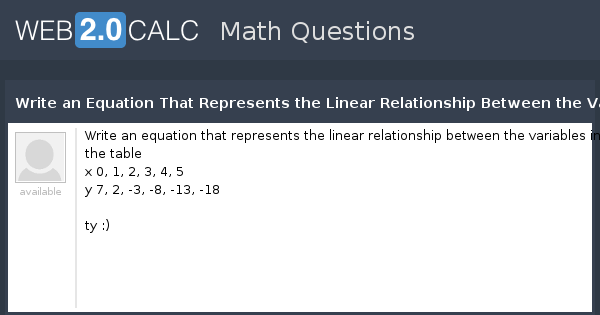



View Question Write An Equation That Represents The Linear Relationship Between The Variables In The Table




Antiguo Frances De La Tabla Que Sirve Con Tres Cajones Y Gavetas 26 1 2 X 70 3 4 Ebay



2
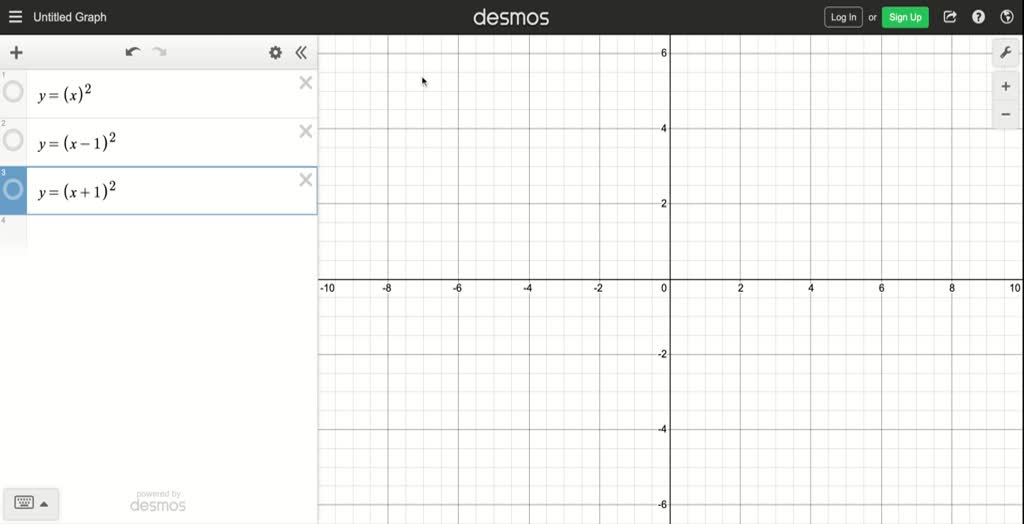



Solved A Complete The Given Table Egin Array L X Quad X 2 Quad X 1 2 Quad X 1 2 Hline 0 1 2 3 1 2 3 Hlineend Array B Using The Results In The Table Graph The Functions Y X 2 Y X 1 2
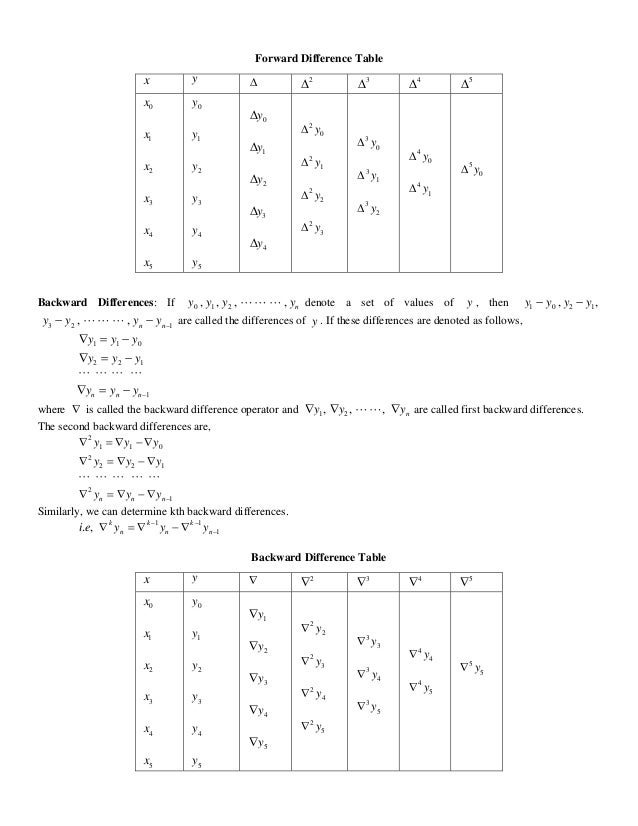



Finite Difference Amp Interpolation
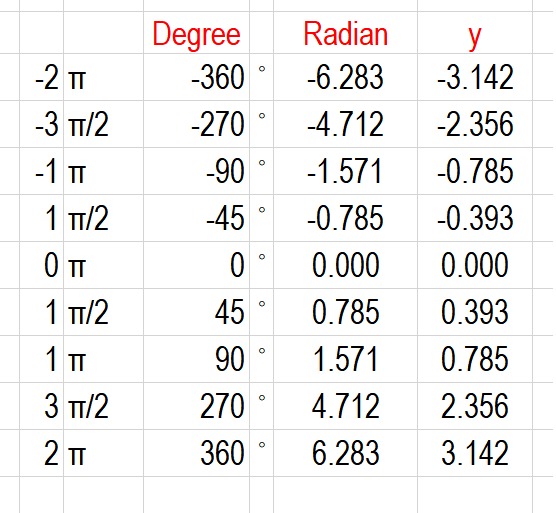



How Do You Graph Y Tan 1 2 X Socratic




Graph The Linear Equation Yx 2 1 Draw




Graph Y B For 0 B 1 Ppt Video Online Download




Mesa De Consola Fecha Primer Trimestre Del Siglo Xviii Cultura Frances Media Roble Tallado Y Dorado Marmol Dimensiones 31 X 37 1 2 X 18 1 2 Pulg 80 X Fotografia De Stock Alamy




Graph The Linear Equation Yx 2 1 Draw




Solved 1 Use The Equation To Complete The Table Y X 2 X 3 Chegg Com




Cvhomedeco 10 1 2 X 4 1 2 X 1 Pulgada Letrero De Madera Con Texto En Ingles Hello Desk Table Shelf Home Wall Office Decoration Art Costura Y Manualidades Hogar Y Cocina Vruniverse Com My




Ppt Aim What Is The Exponential Function Powerpoint Presentation Free Download Id
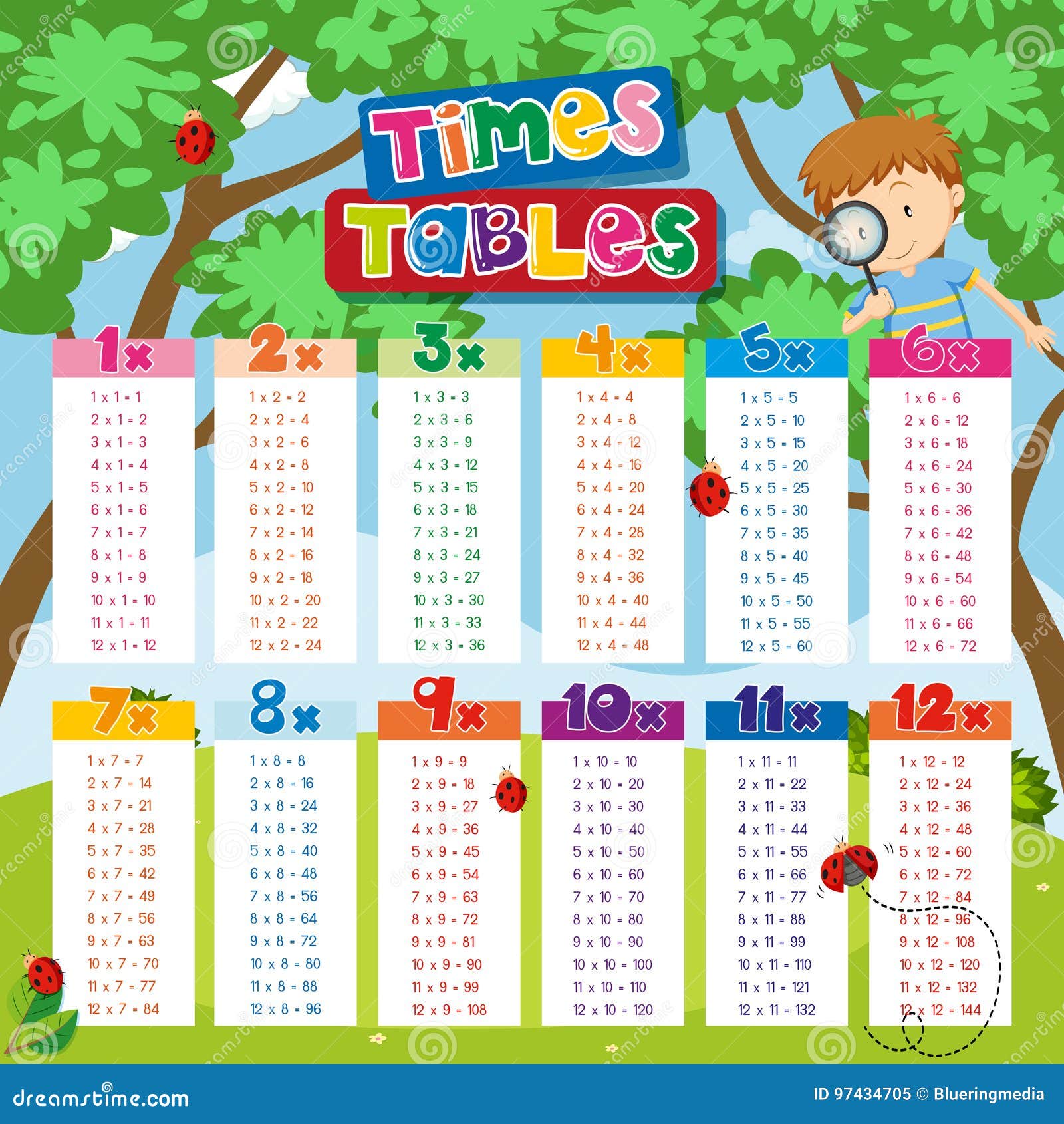



Los Tiempos Presentan La Carta Con El Muchacho Y Las Mariquitas En Fondo Ilustracion Del Vector Ilustracion De Fondo Cartel




Graph Y X 2 1 Parabola Using A Table Of Values Youtube



Find The Line Of Regression Of Y On X From The Following Table X 1 2 3 4 5 Y 7 6 5 4 3 Hence Estimate The Value Of Y When X 6 Sarthaks Econnect Largest Online Education Community
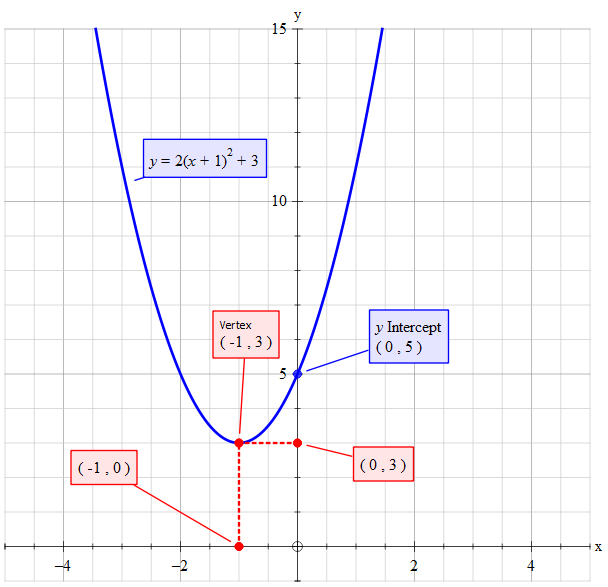



How Do You Graph Y 2 X 1 2 3 Homeworklib




Ppt Aim What Is The Exponential Function Powerpoint Presentation Free Download Id



Y X Graph
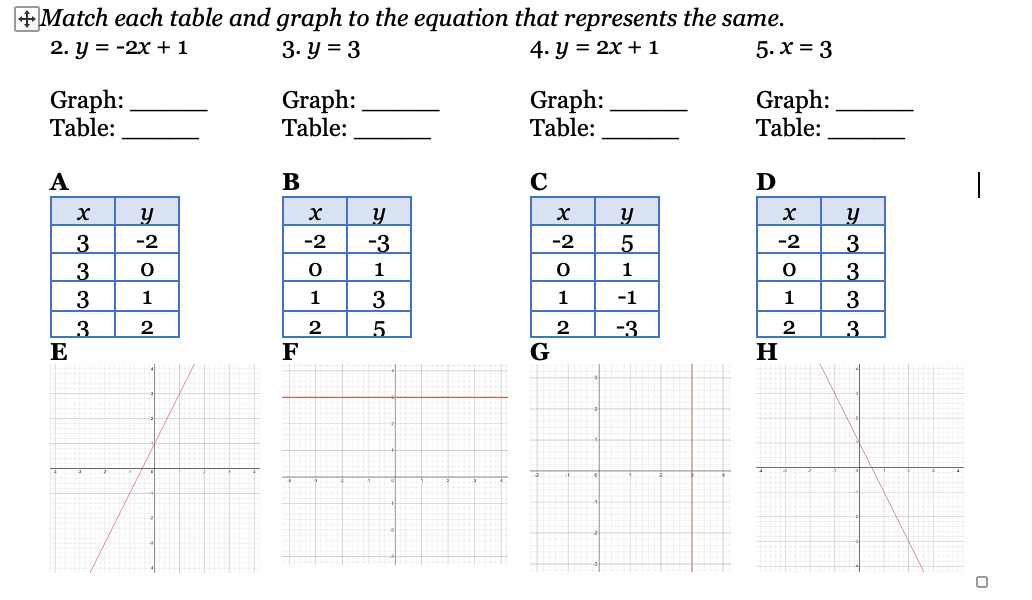



Solved Match Each Table And Graph To The Equation That Chegg Com




Classroom Select Y Leg Computer Table 60 X 30 X 25 1 2 To 33 1 2 Inches




Practice Set 1 2 Complete The Following Table To Draw Graph Of The Equations I X Y 3 Ii X Y 4 X Y 3 X




Synthesis Characterization And Crystal Structures Of Benzohydrazone Compounds Derived From 5 Methylsalicylaldehyde




Graph Y X 2 1 Parabola Using A Table Of Values Video 3 Youtube




A Complete The Table Of Values For Y 1 4x 3 X 2 2 B Which Of A B Or C Is The Correct Curve For Brainly Com




Table B 2 From The Equation W X Y Z 1 W 1 X 1 Y 1 Z N Semantic Scholar




Letrero De Madera Con Texto En Ingles Hello Desk Table Shelf Home Wall Office Decoration Art 10 1 2 X 4 1 2 X 1 Pulgada Cvhomedeco Letras Y Numeros Para Artesania Hogar Y Cocina
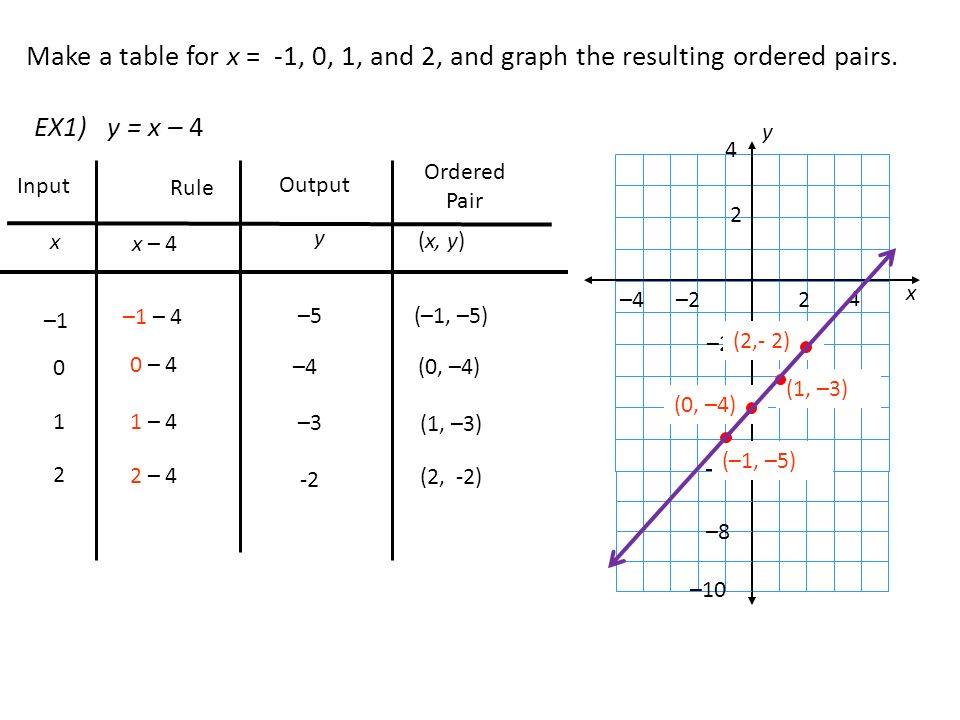



Equations Of Linear Relationships Ppt Video Online Download
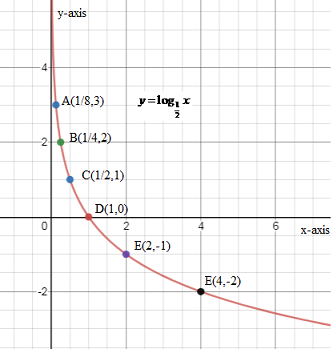



Sketch The Graph Of Y Log Dfrac12x And Y Left Dfrac12 Class 11 Maths Cbse




The Data Set Of Y Value On X 1 2 3 4 10 And 13 In Fig 4b Download Table
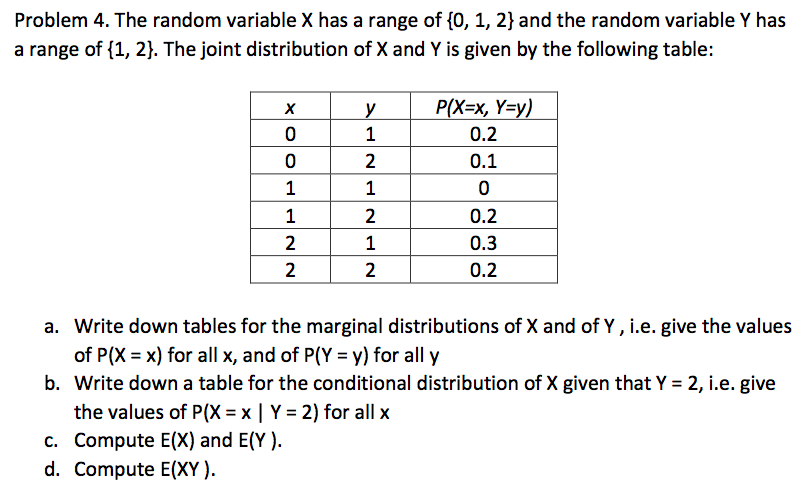



Solved Problem 4 The Random Variable X Has A Range Of 10 Chegg Com



1




Vevor Compound Slide Milling Table 5 1 2 X 12 Multifunction Milling Bench Drill Adjustable X 8 Y 5 Axis Milling Machine Worktable Compound Cross Slide Table For Bench Drill Stand Walmart Com
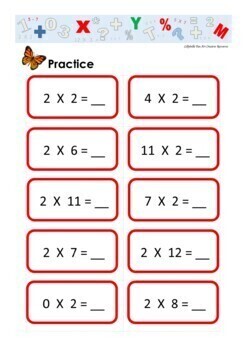



Multiplication Table Chart Tables 1 2 3 4 5 Flash Card And Practice Set




1 2 Px X The Probability Model Pmf For Random Variable X Is 1 4 X 1 X 0 Homeworklib




Hw3




Example 13 Define Function Y F X X 2 Complete The Table




Y2x2 Table シモネタ
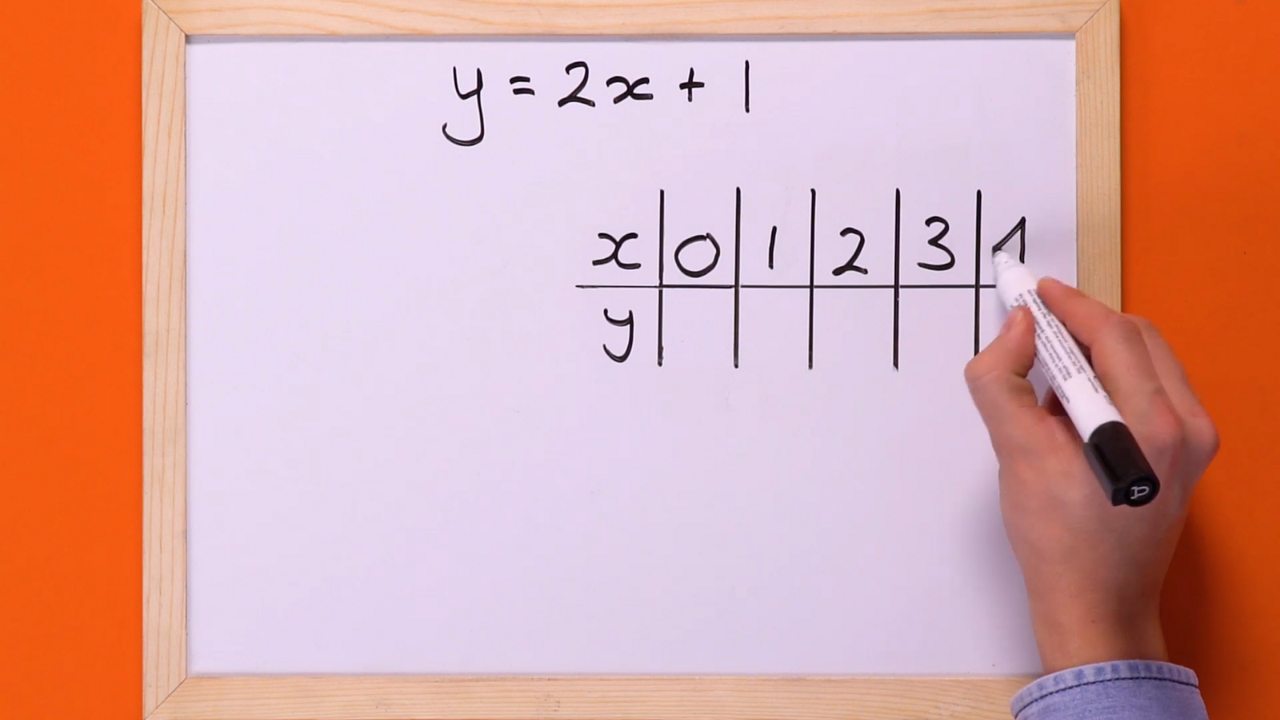



How To Draw A Graph Of A Linear Equation c Bitesize




Warm Up Make A T Table And Graph The Equation Y 2x 2 X Y Ppt Video Online Download



If Y X 3 X 2 X 1 Calculate The Values Of Y For X 0 1 2 3 4 5 And Form The Forward Differences Table Sarthaks Econnect Largest Online Education Community




About Lookup Table Blocks Matlab Simulink Mathworks America Latina




10 1 2 X 4 1 2 X 1 Pulgada Letrero De Madera Con Texto En Ingles Hello Desk Table Shelf Home Wall Office Decoration Art Cvhomedeco Letras Y Numeros Para Artesania Baetebangladesh Costura Y Manualidades
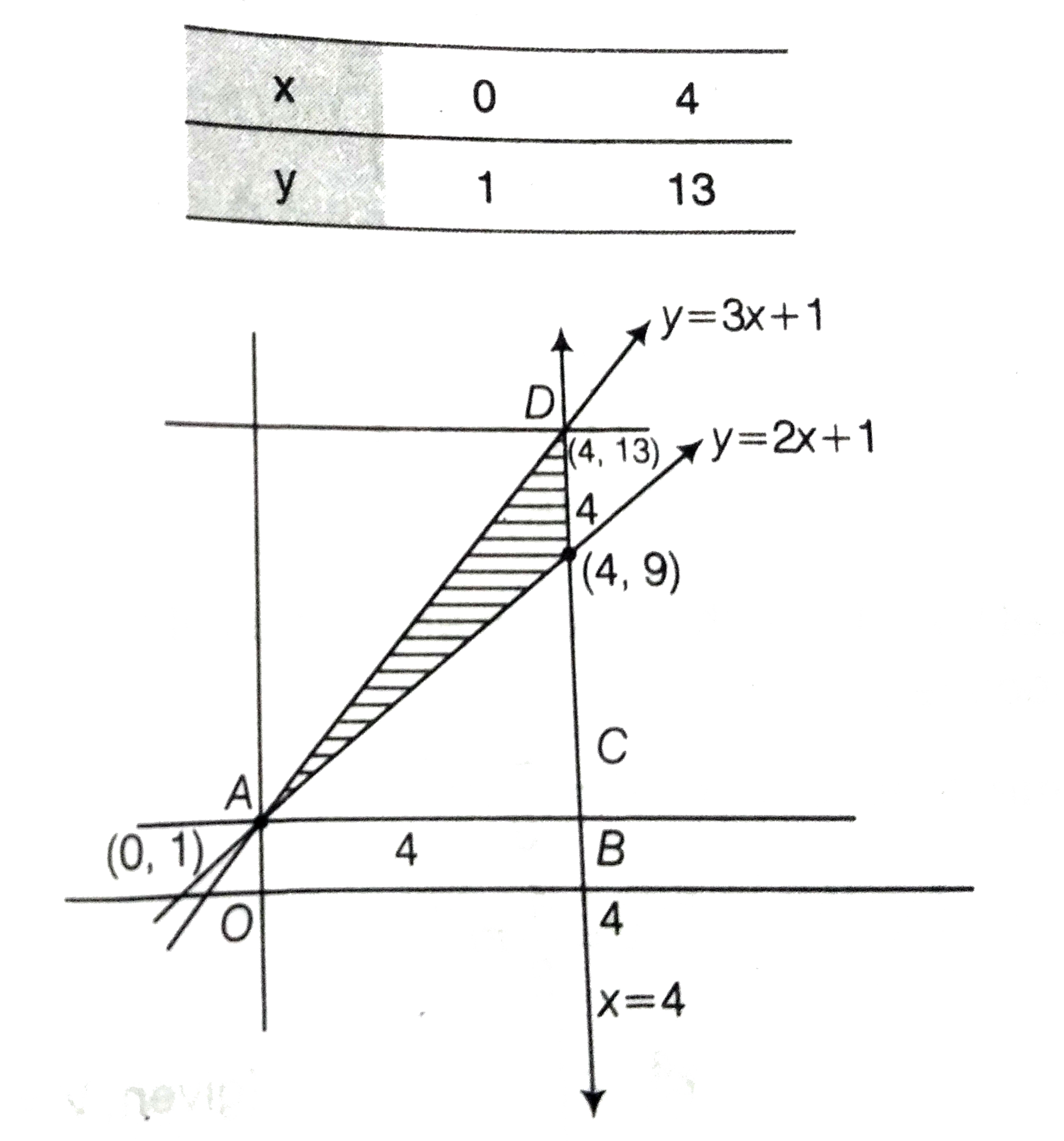



The Area Of The Region Bounded By The Lines Y 2x 1y 3x 1 And X




Poster Pinturas De Winsor Y Newton 12 1 2 X 13 Aqui Esta El Enlace A Uno De Mis Nuevos Calendarios Http Www Redbubble Com People Gardenerpat Calendars Floral Watercolors By Pat Yager Http Ih2 Redbubble Net Image 0353 Canb




Straight Line Graphs Plotting Y 2x 1 Youtube




Ejercicio Interactivo De 2 Times Table




Conductivity Data For Bace 1 Y Y Y X P X O 3 Y 2 X 2 Download Table
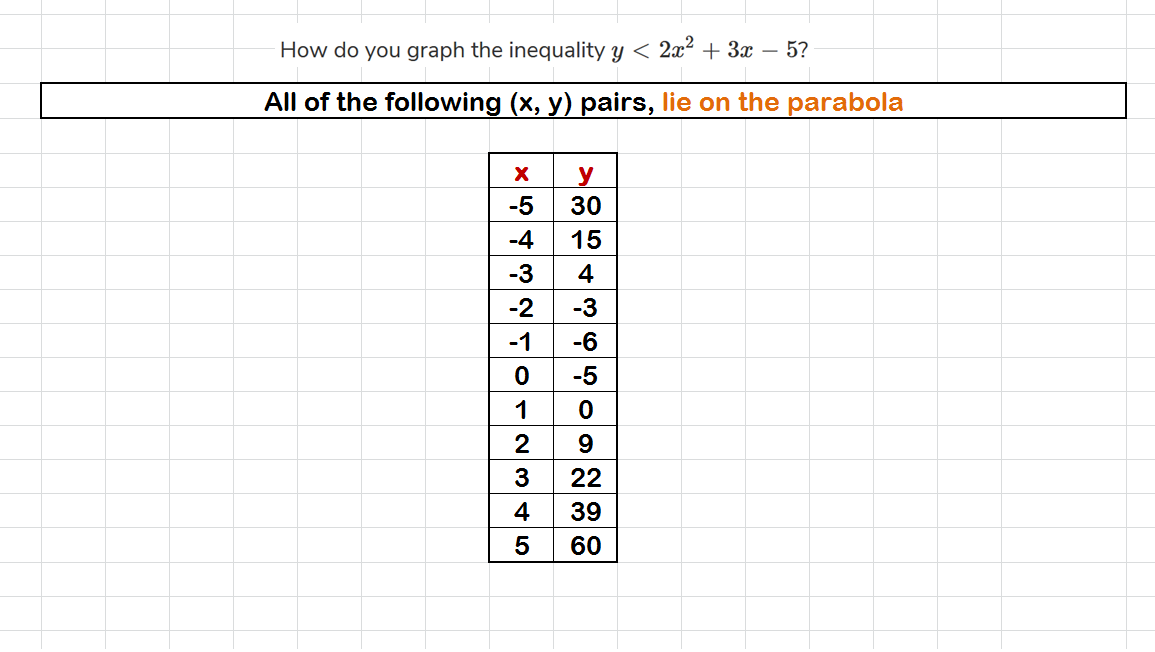



How Do You Graph The Inequality Y 2x 2 3x 5 Socratic



0 件のコメント:
コメントを投稿